Dang, it’s always sad when you have an amazing colony that just fails. Hopefully they can recover.
- Formiculture.com
- Forums
- Gallery
- Members
- Member Map
- Chat
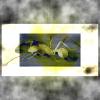
Dang, it’s always sad when you have an amazing colony that just fails. Hopefully they can recover.
I keep: C. modoc, C. sansabeanus ![]() , C. maritimus, Formica argentea, M. mexicanus
, C. maritimus, Formica argentea, M. mexicanus ![]() , Odontomachus brunneus
, Odontomachus brunneus ![]() , Pogonomyrmex californicus, Pogonomyrmex rugosus,
, Pogonomyrmex californicus, Pogonomyrmex rugosus,
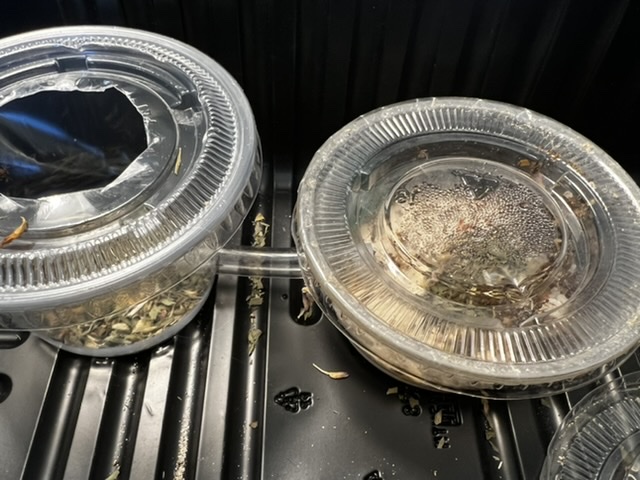
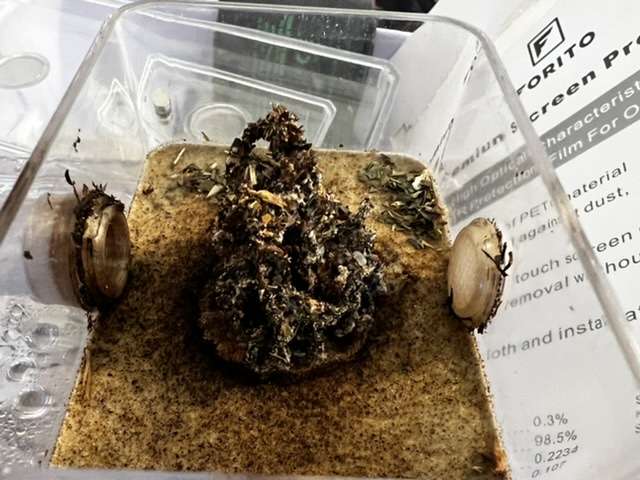
Edited by OhNoNotAgain, August 21 2022 - 1:52 PM.
Formiculture Journals::
Veromessor pergandei, andrei; Novomessor cockerelli
Camponotus fragilis; also separate journal: Camponotus sansabeanus, vicinus, quercicola
Liometopum occidentale; Prenolepis imparis; Myrmecocystus mexicanus
Pogonomyrmex subnitidus and previously californicus
Tetramorium sp.
Termites: Zootermopsis angusticollis
Isopods: A. gestroi, granulatum, kluugi, maculatum, vulgare; C. murina; P. hoffmannseggi, P. haasi, P. ornatus; V. parvus
Spoods: Phidippus sp.
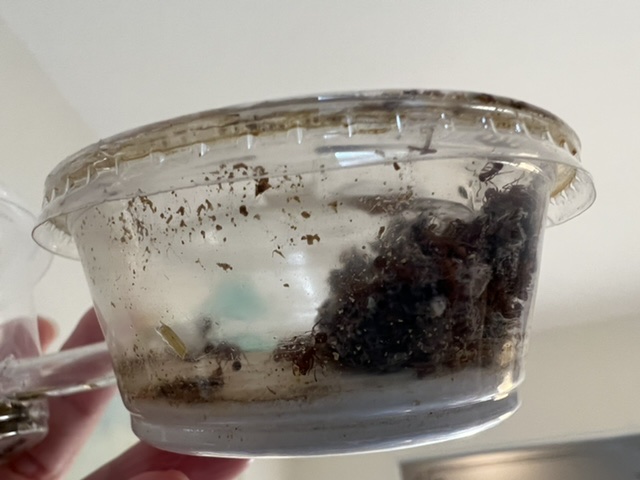
Formiculture Journals::
Veromessor pergandei, andrei; Novomessor cockerelli
Camponotus fragilis; also separate journal: Camponotus sansabeanus, vicinus, quercicola
Liometopum occidentale; Prenolepis imparis; Myrmecocystus mexicanus
Pogonomyrmex subnitidus and previously californicus
Tetramorium sp.
Termites: Zootermopsis angusticollis
Isopods: A. gestroi, granulatum, kluugi, maculatum, vulgare; C. murina; P. hoffmannseggi, P. haasi, P. ornatus; V. parvus
Spoods: Phidippus sp.
Do your Acromyrmex colonies have more than one queen?
Do your Acromyrmex colonies have more than one queen?
Nope, both are single queen colonies.
Formiculture Journals::
Veromessor pergandei, andrei; Novomessor cockerelli
Camponotus fragilis; also separate journal: Camponotus sansabeanus, vicinus, quercicola
Liometopum occidentale; Prenolepis imparis; Myrmecocystus mexicanus
Pogonomyrmex subnitidus and previously californicus
Tetramorium sp.
Termites: Zootermopsis angusticollis
Isopods: A. gestroi, granulatum, kluugi, maculatum, vulgare; C. murina; P. hoffmannseggi, P. haasi, P. ornatus; V. parvus
Spoods: Phidippus sp.
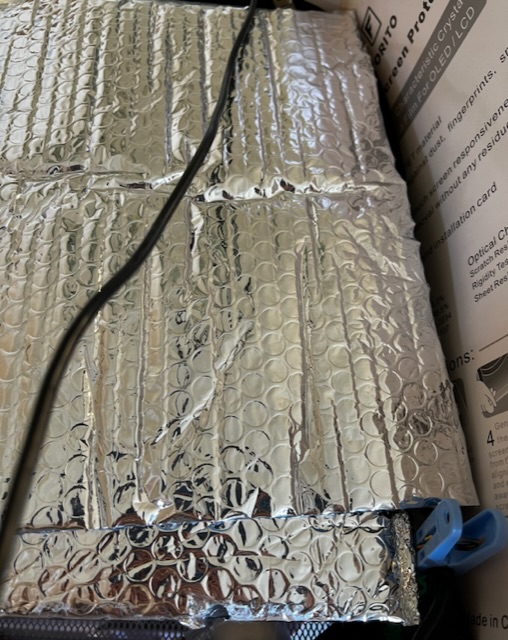
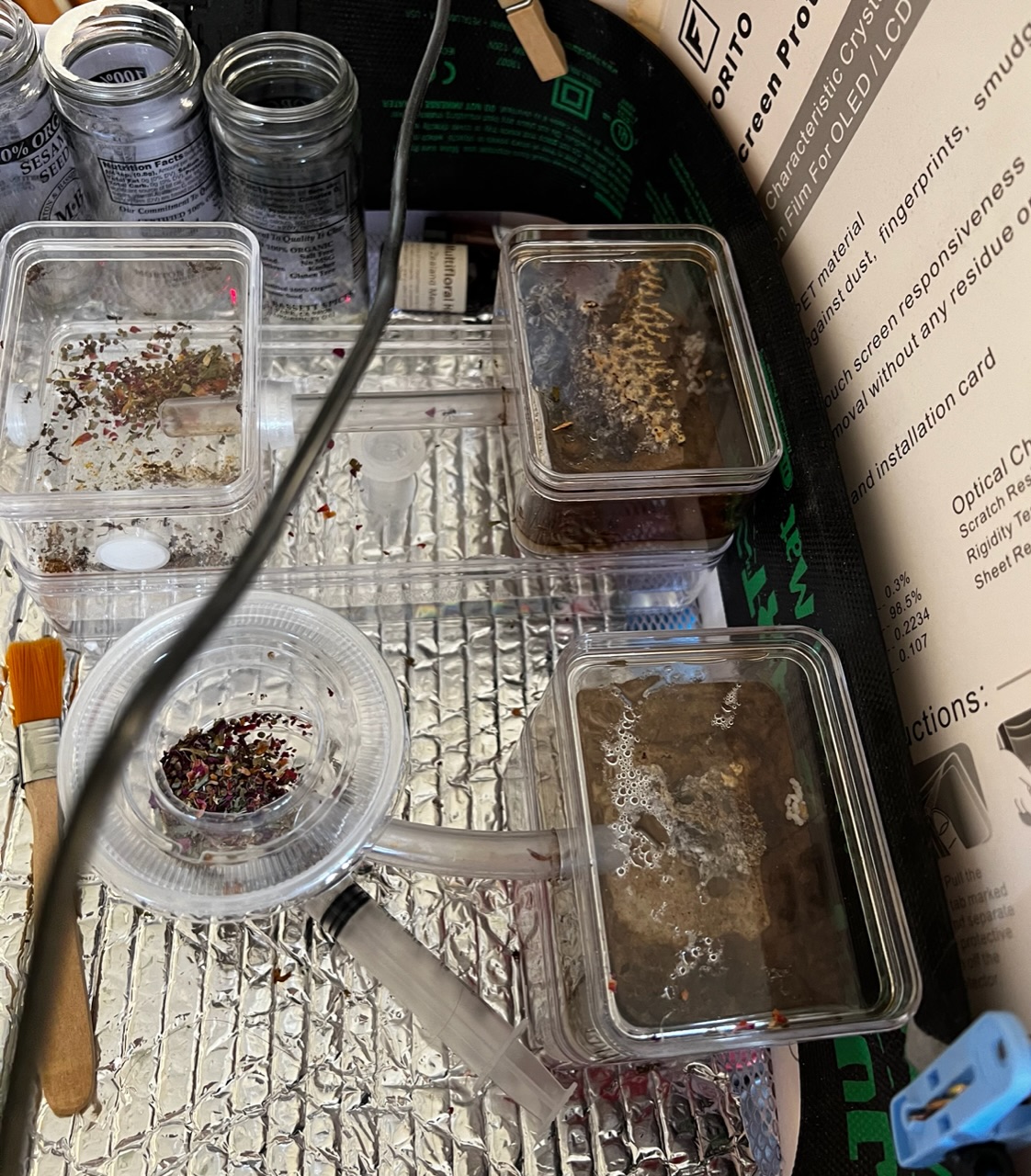
Edited by OhNoNotAgain, March 22 2023 - 1:17 PM.
Formiculture Journals::
Veromessor pergandei, andrei; Novomessor cockerelli
Camponotus fragilis; also separate journal: Camponotus sansabeanus, vicinus, quercicola
Liometopum occidentale; Prenolepis imparis; Myrmecocystus mexicanus
Pogonomyrmex subnitidus and previously californicus
Tetramorium sp.
Termites: Zootermopsis angusticollis
Isopods: A. gestroi, granulatum, kluugi, maculatum, vulgare; C. murina; P. hoffmannseggi, P. haasi, P. ornatus; V. parvus
Spoods: Phidippus sp.
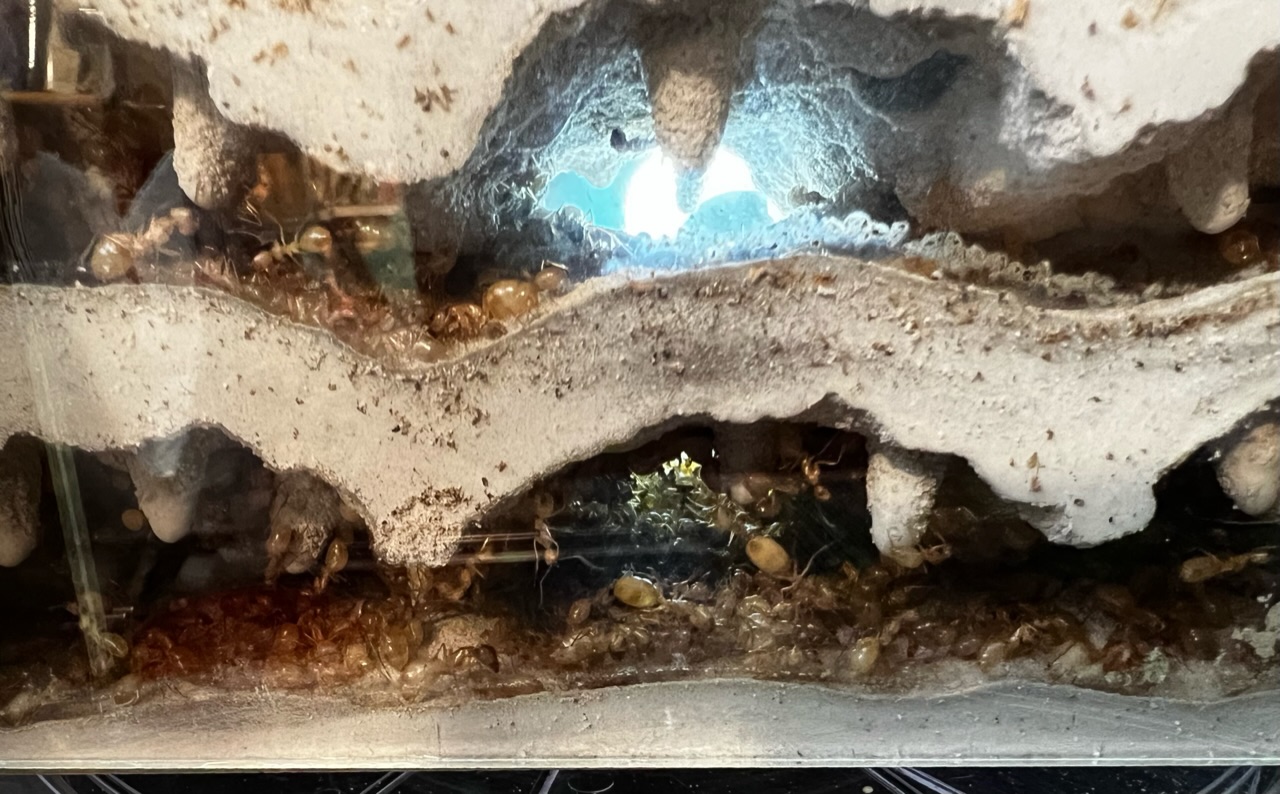
Edited by OhNoNotAgain, March 22 2023 - 1:35 PM.
Formiculture Journals::
Veromessor pergandei, andrei; Novomessor cockerelli
Camponotus fragilis; also separate journal: Camponotus sansabeanus, vicinus, quercicola
Liometopum occidentale; Prenolepis imparis; Myrmecocystus mexicanus
Pogonomyrmex subnitidus and previously californicus
Tetramorium sp.
Termites: Zootermopsis angusticollis
Isopods: A. gestroi, granulatum, kluugi, maculatum, vulgare; C. murina; P. hoffmannseggi, P. haasi, P. ornatus; V. parvus
Spoods: Phidippus sp.
Formiculture Journals::
Veromessor pergandei, andrei; Novomessor cockerelli
Camponotus fragilis; also separate journal: Camponotus sansabeanus, vicinus, quercicola
Liometopum occidentale; Prenolepis imparis; Myrmecocystus mexicanus
Pogonomyrmex subnitidus and previously californicus
Tetramorium sp.
Termites: Zootermopsis angusticollis
Isopods: A. gestroi, granulatum, kluugi, maculatum, vulgare; C. murina; P. hoffmannseggi, P. haasi, P. ornatus; V. parvus
Spoods: Phidippus sp.
Oh no.
Any idea what could have caused it?
Must’ve been I contaminated the water. Something. I’ve never seen so many workers die so fast.
But like I said, other colony is okay.
I think I was more careful with their water (plus it's a smaller container so it was easier to refill).
I'm going to be extra careful with water changes from now on.
Edited by OhNoNotAgain, May 24 2023 - 1:42 PM.
Formiculture Journals::
Veromessor pergandei, andrei; Novomessor cockerelli
Camponotus fragilis; also separate journal: Camponotus sansabeanus, vicinus, quercicola
Liometopum occidentale; Prenolepis imparis; Myrmecocystus mexicanus
Pogonomyrmex subnitidus and previously californicus
Tetramorium sp.
Termites: Zootermopsis angusticollis
Isopods: A. gestroi, granulatum, kluugi, maculatum, vulgare; C. murina; P. hoffmannseggi, P. haasi, P. ornatus; V. parvus
Spoods: Phidippus sp.
Over the weekend I picked up a double queen Acromyrmex colony to replace the one that died. (When it comes to Acromyrmex, I'm now a very firm believer in keeping minimum two to always have a fungus backup.)
The new Acromyrmex colony survived an Uber trip and then 6 hours’ drive - I figured long car drives were still safer than being sent by mail.
The fungus is small but alive and it does have two queens.
They don't have many workers and I'm not sure the ones that are there are collecting the clover/rose/pellets I'm providing, so I did my usual and added a little bit to the nest.
What I might do is do a brood boost since my surviving Acromyrmex colony has a huge pile of brood.
Side by side (new on left, old on right):
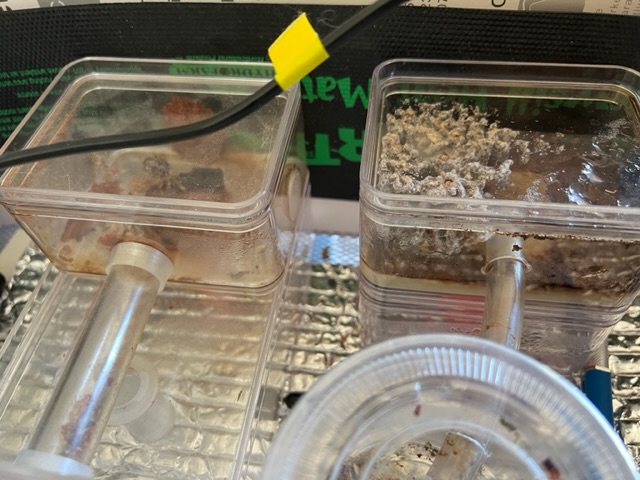
New colony with two queens visible:
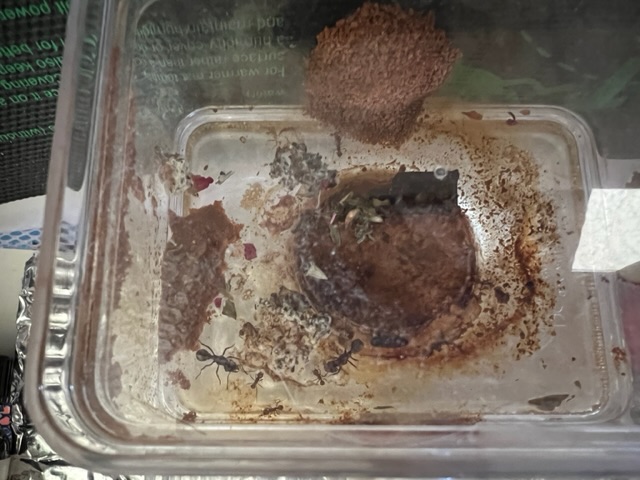
Edited by OhNoNotAgain, May 24 2023 - 1:45 PM.
Formiculture Journals::
Veromessor pergandei, andrei; Novomessor cockerelli
Camponotus fragilis; also separate journal: Camponotus sansabeanus, vicinus, quercicola
Liometopum occidentale; Prenolepis imparis; Myrmecocystus mexicanus
Pogonomyrmex subnitidus and previously californicus
Tetramorium sp.
Termites: Zootermopsis angusticollis
Isopods: A. gestroi, granulatum, kluugi, maculatum, vulgare; C. murina; P. hoffmannseggi, P. haasi, P. ornatus; V. parvus
Spoods: Phidippus sp.
Just a quick update:
1. I acquired a second C. fragilis colony. So now I have two (assuming the big one is still queenright - can never find her in the Nucleus so it's always a bit of an assumption).
2. I'm having problems with my two setups for Acromyrmex. One is too dry (newer colony), the other too wet (one of the 2021 colonies). I dried out the wet one and then all their fungus died (sigh). I'll be attempting to rectify the moisture problems and will keep giving them bits of fungus from the other colony until they are re-established.
Formiculture Journals::
Veromessor pergandei, andrei; Novomessor cockerelli
Camponotus fragilis; also separate journal: Camponotus sansabeanus, vicinus, quercicola
Liometopum occidentale; Prenolepis imparis; Myrmecocystus mexicanus
Pogonomyrmex subnitidus and previously californicus
Tetramorium sp.
Termites: Zootermopsis angusticollis
Isopods: A. gestroi, granulatum, kluugi, maculatum, vulgare; C. murina; P. hoffmannseggi, P. haasi, P. ornatus; V. parvus
Spoods: Phidippus sp.
Figures. So the Old Acromyrmex colony adopted the fungus and is rebuilding its garden. The New Acromyrmex Colony then promptly destroyed their garden. ![]() It's like conservation of fungus or something.
It's like conservation of fungus or something.
For some reason New Acromyrmex do not like collecting leaves from the outworld themselves. Plus, these moisture problems are really problematic. I don't know why no moisture is going into New Acromyrmex while too much is going to Old Acromyrmex (and I tried trimming the sponge, too).
Formiculture Journals::
Veromessor pergandei, andrei; Novomessor cockerelli
Camponotus fragilis; also separate journal: Camponotus sansabeanus, vicinus, quercicola
Liometopum occidentale; Prenolepis imparis; Myrmecocystus mexicanus
Pogonomyrmex subnitidus and previously californicus
Tetramorium sp.
Termites: Zootermopsis angusticollis
Isopods: A. gestroi, granulatum, kluugi, maculatum, vulgare; C. murina; P. hoffmannseggi, P. haasi, P. ornatus; V. parvus
Spoods: Phidippus sp.
Man, looking at all these journals with ants that cut / collect leaves and then make fungus gardens is so intriguing. You just gotta do some update videos with a better camera though as it would be great to see it in all its glory in 4k detail or something.
Like if I had these guys, I'd be staring at them all day and documenting their actions, picture and video. I probably would invest on glass / museum glass so I can see them super clear. But very interesting.
Btw, I heard the fungus growing ants, they smell?
Keep up the interesting journal and those neat pics / vids! I also take a lot of pictures and make my own youtube video so I appreciate those of you that do the same as well, it takes some work so thanks for the neat job!
JOURNAL: Camponotus CA02 - First Time At Ant Keeping CLICK HERE
JOURNAL: Ectomomyrmex cf. astutus - Ant Species #2 CLICK HERE
0 members, 0 guests, 0 anonymous users